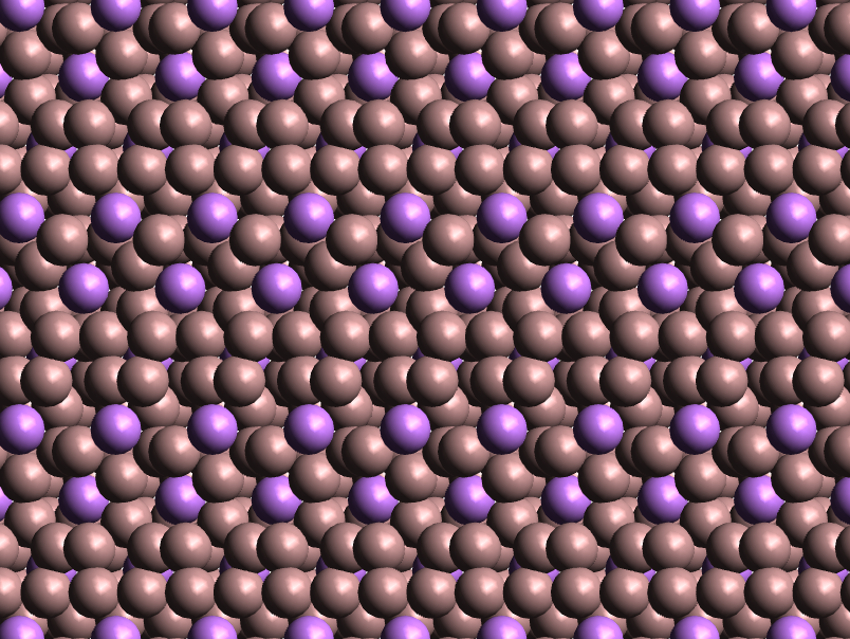Intermetallic Li–Ga compounds could be useful, e.g., as alternative anode materials for lithium-ion batteries or as solid-state lithium-ion conductors. The existence of Ga-rich phases such as LiGa2 and LiGa6 has been suggested, but so far, this had not been verified.
Jonathan Sappl and Constantin Hoch, Ludwig-Maximilians-Universität (LMU), Munich, Germany, have synthesized three new binary phases in the Ga-rich part of the Li–Ga system, LiGa6, Li11Ga24, and LiGa2. The phases were synthesized from the elements, which were sealed in tantalum ampules and heated in tube furnaces. The products are sensitive toward air and moisture and were, thus, isolated in an argon atmosphere.
The phases were characterized using X-ray powder diffraction, single-crystal X-ray structure analysis, differential scanning calorimetry (DSC), and electric conductivity measurements. The team found that LiGa6 crystallizes in the space group R3̅c, Li11Ga24 crystallizes in the space group P63mc, and LiGa2 crystallizes in the space group Cmce. In LiGa2, the team found the first example of an [Li@Ga12] icosahedron. The electronic structures of LiGa2 and LiGa6 were calculated using density functional theory (DFT). They combine ionic, covalent, and metallic interactions.
- Synthesis and Crystal Structure of Three Ga-rich Lithium Gallides, LiGa6, Li11Ga24, and LiGa2,
Jonathan Sappl, Constantin Hoch,
Inorg. Chem. 2020.
https://doi.org/10.1021/acs.inorgchem.0c00674




